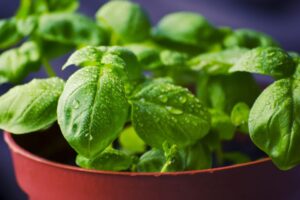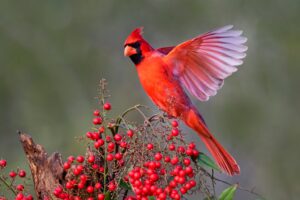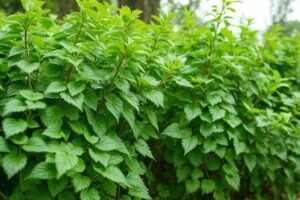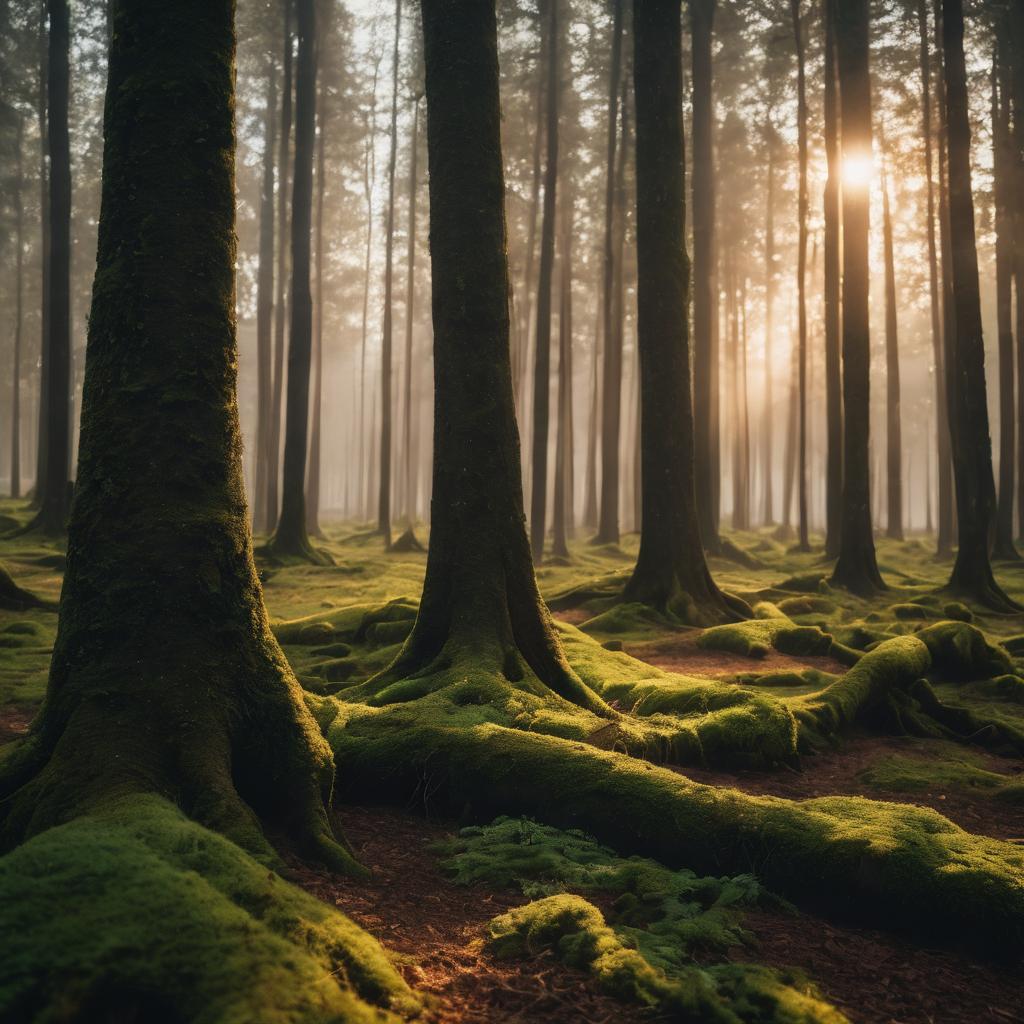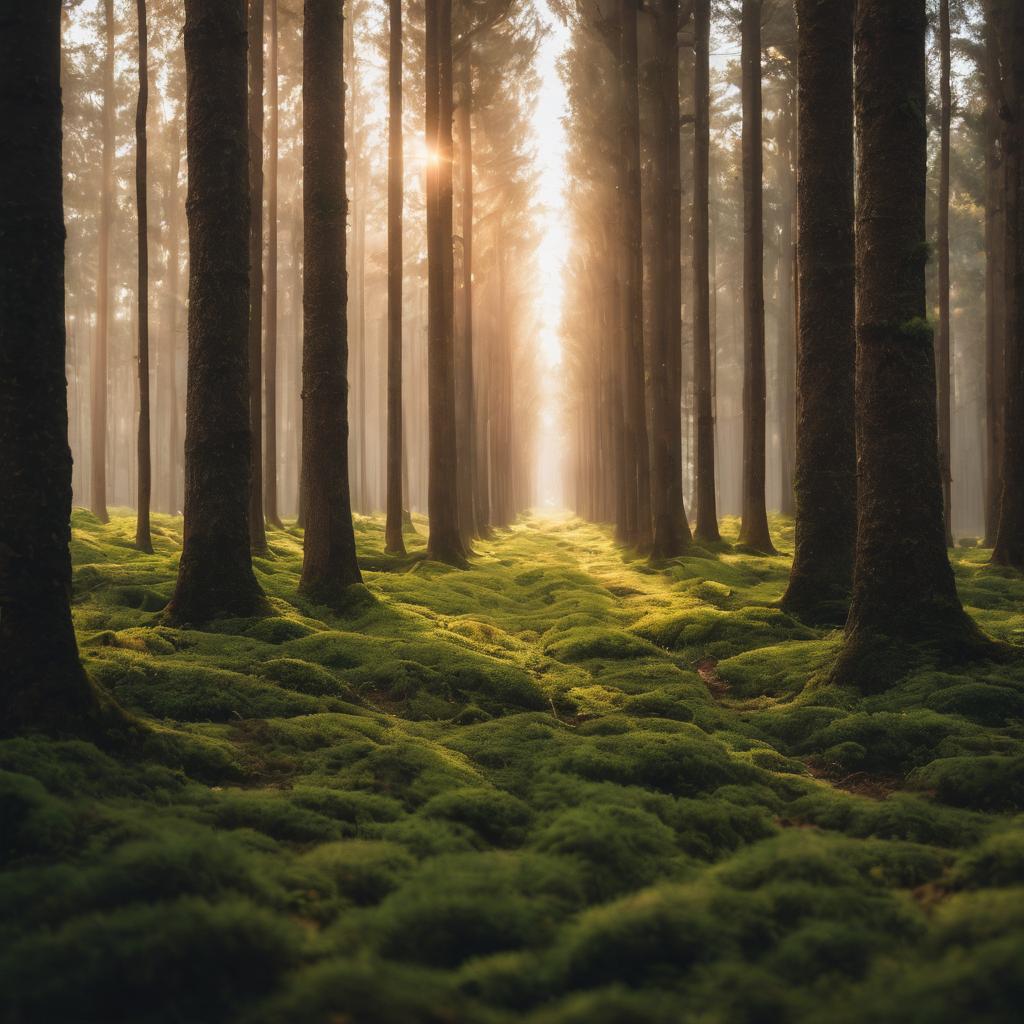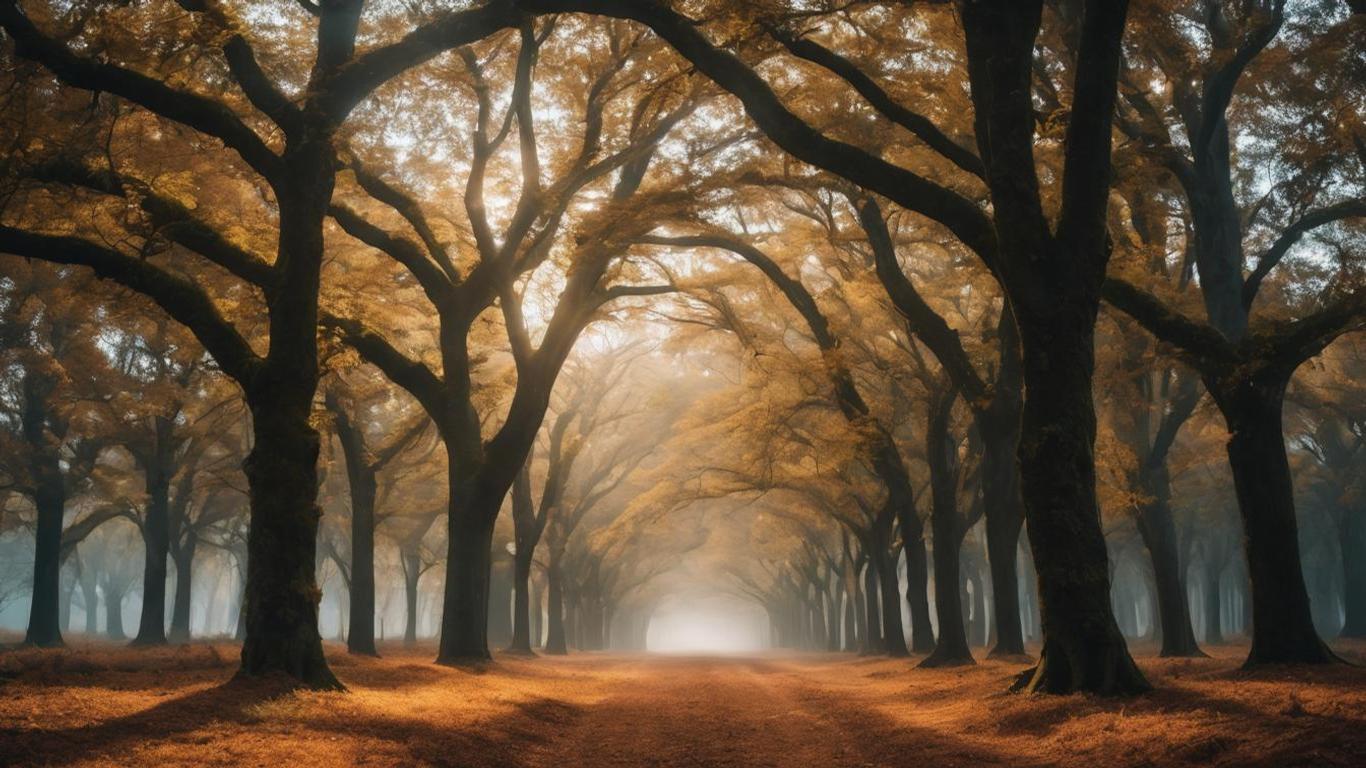Introduction
Trees are essential to many aspects of life on Earth. They provide us with food, shelter, clothing, and medicine; they protect the soil from erosion and the air from pollution; they help cool down the planet’s surface by absorbing carbon dioxide; and they even provide inspiration for poets and songwriters. But what if I told you there are more than 400,000 tree species? That’s right: more than 400 thousand species of trees exist in our world! Even though most people only pay attention to trees that grow near their homes or offices, these incredible plants can be found almost anywhere on land (and even in some bodies of water). In this article we’ll take a deep dive into biodiversity so you understand why it matters so much—and how we can use this knowledge to protect our forests for years to come.
The Fascinating World of Tree Species: A Deep Dive into Biodiversity
Trees are some of the most important organisms on Earth. They provide us with oxygen, protect us from heat and cold, and provide a habitat for many other organisms.
Tree species are an integral part of biodiversity because they live in almost every environment on Earth–from deserts to rainforests.
There are approximately 10 million different tree species in the world today! This means that if you were to count all of them at once, they would take you over 1 year (if you could count so fast).
Why are there so many species?
There are so many species because there are so many niches. A niche is a particular role that an organism plays in its ecosystem and there are countless niches to be filled. Some species occupy very specific roles like pollinating flowers or eating certain insects, while others fill broad ones like decomposing leaves or producing oxygen for respiration. Many can also do all of these things at once, making them incredibly valuable to their environment!
This diversity allows for greater stability within an ecosystem as well as more opportunities for lifeforms to interact with each other through food webs and ecological succession (the process by which one type of plant community changes over time).
How do trees adapt to the environment?
At the most basic level, trees adapt to their environment through changes in growth patterns. For example, if a tree is growing near a water source and has plenty of resources available to it, it will grow quickly and produce large leaves that collect as much sunlight as possible. However, if that same tree were planted in an area with little access to water or other resources (like nutrients), then it would grow slower and produce smaller leaves with fewer nutrients for photosynthesis.
Besides changing their growth patterns based on how much sunlight they receive from their environment, trees also change how they use the light that does reach them–and this can have huge implications for biodiversity!
How do we know about tree species?
Tree species are identified by their unique characteristics. For example, the leaves of oak trees are always shaped like ovals with rounded edges, while maple leaves are shaped like triangles. Trees also have different bark color and texture; some have smooth bark while others have rough or scaly skin on their trunks. Even though you can’t see inside a tree’s trunk (or heartwood), there are still ways that botanists can tell what kind of wood is inside based on its physical appearance and chemical composition–this includes knowing if it’s alive or dead!
What kinds of trees are there?
The world is full of trees. There are so many that it can be difficult to keep track of them all, especially if you’re new to tree identification. You might know what a pine looks like, but what about an oak? or an aspen?
The first step towards identifying any species is understanding its classification–that is, how it fits into the grand scheme of things. Trees are divided into two main groups: gymnosperms and angiosperms (gymnosperm means “naked seed” while angiosperm means “enclosed seed”). The second part of this equation refers directly to whether or not a plant has flowers; gymnosperms don’t have them at all while angiosperms do!
Angiosperms make up most of the world’s tree population–they’re also known as flowering plants because they produce seeds enclosed in structures called fruit which contain both male and female parts needed for reproduction
How can we use knowledge about biodiversity in the future?
We can use knowledge about biodiversity to protect the environment.
The Earth is a very diverse place, and we have a lot to learn from it. Biodiversity helps us understand our world better by giving us insight into how things work, why they exist and what they’re capable of doing. For example, some trees grow faster than others because they have different types of leaves or flowers; this means that some trees produce more oxygen than others which benefits humans because we need oxygen to breathe!
This knowledge has helped us create inventions such as air filters for cars (which remove pollutants) or medicines that fight disease by attacking specific areas inside cells rather than affecting all parts indiscriminately like antibiotics do now (because those only target bacteria).
Understanding how many tree species there are and why they’re important can help us protect them.
Trees are important for many reasons. They provide food and shelter for many animals, they provide oxygen for us to breathe, they’re an important part of the ecosystem and they are a source of wood for building and burning (and even fuel).
It’s no surprise that there are so many tree species in existence–but how many exactly? In this article we’ll take a look at some numbers behind biodiversity: how many tree species exist on Earth today and how we can protect them.
Conclusion
The world of trees is vast, and we still have so much to learn about it. But the more we know about how many tree species there are and why they’re important, the better we can protect them from extinction. If you’re interested in learning more about this topic, check out our blog post on how many species there are on Earth!



